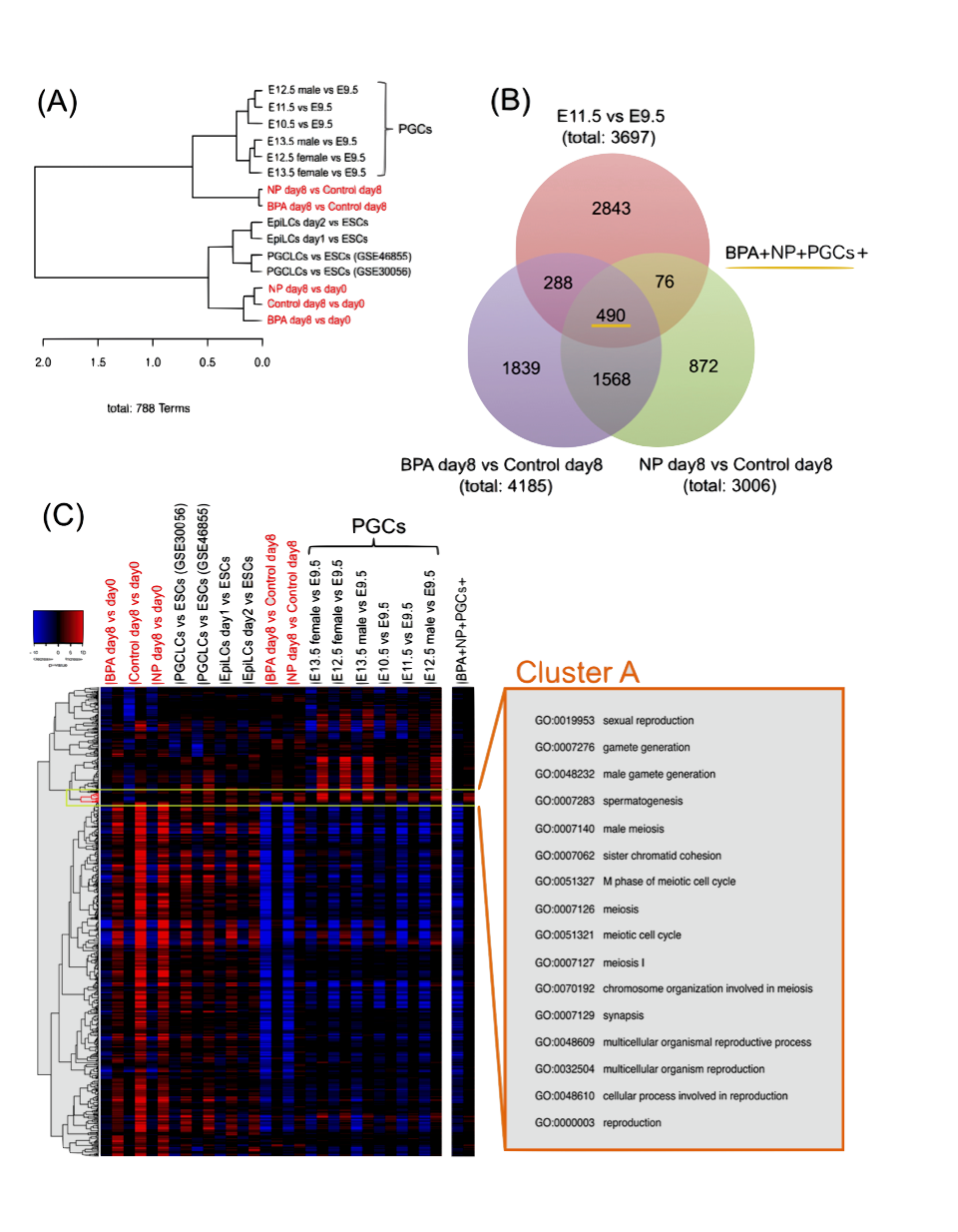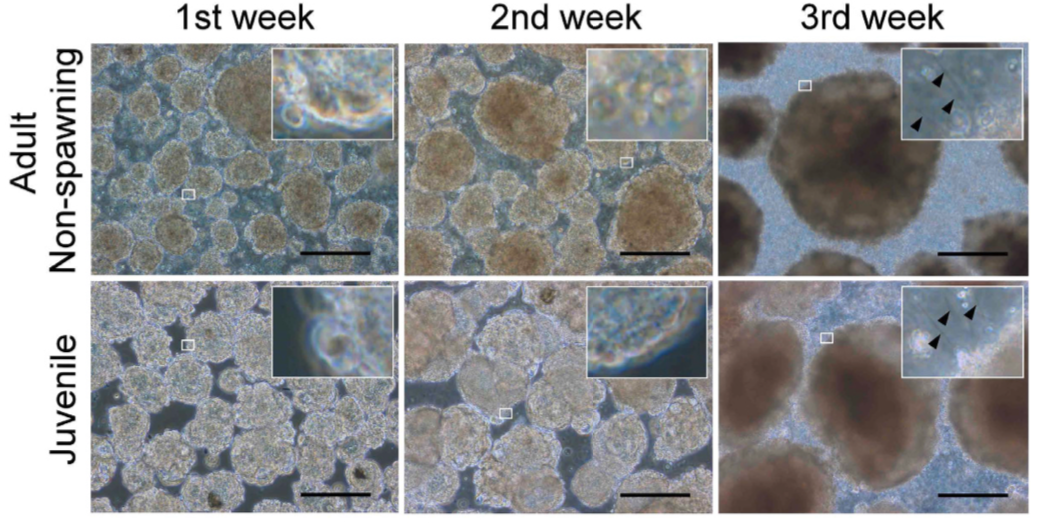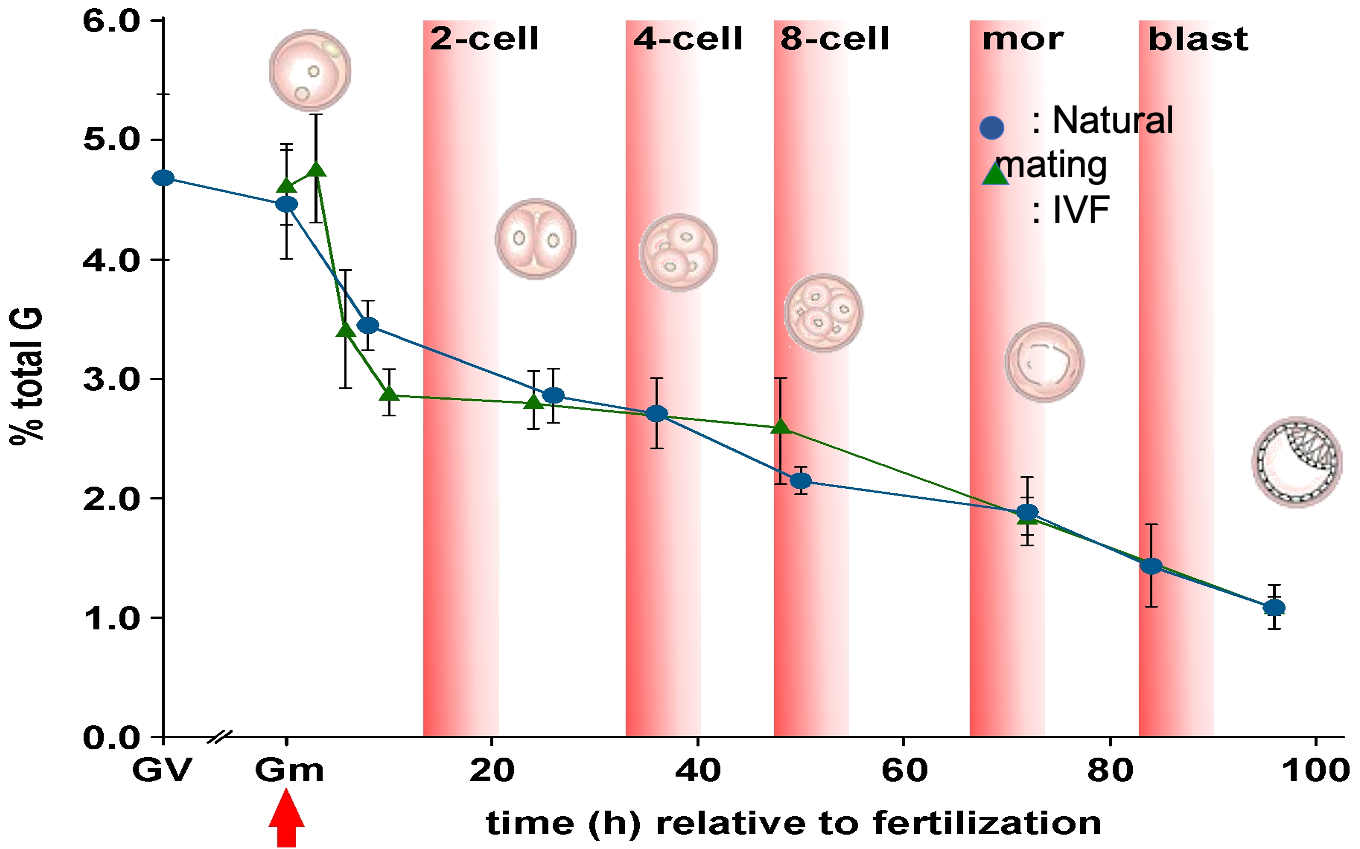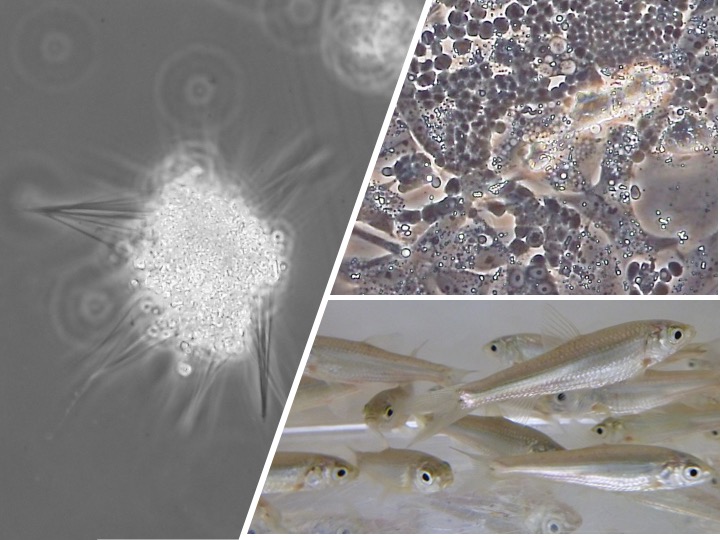立命館大学 薬学部 細胞工学研究室のホームページ
細胞工学研究室について
我々ヒトの体は、約200種類からなる約37兆個の細胞により構成され、これらが1つのシステム(個体)として統合されています。これらの基となった細胞、ゲノム情報は1つであり、発生の過程でこのような多種類、多数の細胞が生み出されます。ES、iPS細胞は自己複製能と多分化能を保持したまま、in vitroで培養できる細胞のため、幹細胞・細胞分化研究における有力なツールです。細胞工学研究室では、魚類からマウス、サル、ヒトに至る幅広い生物種の幹細胞(生殖幹細胞、ES、iPS細胞)を用いて、細胞分化におけるシグナル環境に関する研究、および幹細胞生物学を環境科学、創薬、生物資源保存に応用した研究を展開しています。


Projects

Effects of Bisphenol A and Retinoic Acid Exposure on Neuron and Brain Formation: a Study in Human Induced Pluripotent Stem Cells and Zebrafish Embryos
Plastic pollution and exposure to endocrine-disrupting chemicals (EDCs) are emerging environmental concerns with potential impacts on human health and development. However, the underlying causal mechanisms remain unclear. Here, we show quantitative evidence that chemical exposure and detrimental outcomes are mechanistically linked to interference with retinoic acid (RA) signaling. Utilizing human induced pluripotent stem cells and zebrafish embryos, we found that BPA potentiated exogenous RA effects on 3′HOX gene expression and brain patterning, resulting in abnormalities such as duplication of Mauthner cell and abnormal craniofacial cartilage defects. RA receptor but not estrogen receptor is responsible for this signaling. Our findings provide a causal link between chemical exposure and neurodevelopmental impairments, contributing to the potential adverse effects of plastic pollution on development processes.

Transcriptome analysis revealed bisphenol A and nonylphenol affect reproduction
We investigated the effect of Bisphenol A (BPA) and Nonylphenol (NP) on cell differentiation, comparing transcriptome of EDC treated ES cells to that of normal germ cell development deposited in GEO data base. GO-based gene set enrichment analysis revealed that EDCs functionally affect wide range of reproduction by the modification of gene expression of germ cell specific genes especially related to meiosis.
Reproductive Toxicology 2019DOI: 10.1016/j.reprotox.2019. 06.006

In vitro differentiation of fertile sperm from cryopreserved spermatogonia of the endangered endemic cyprinid honmoroko (Gnathopogon caerulescens)
We succeeded the in vitro differentiation of fertile sperm from cryopreserved spermatogonia isolated from juveniles of the endangered small cyprinid honmoroko (Gnathopogon caerulescens), which is endemic to Lake Biwa in Japan
Scientific Reports 2017DOI:10.1038/srep42852

DNA methylation dynamics in mouse preimplantation embryos revealed by mass spectrometry
We here report direct quantification of genomic 5-methyl-2′-deoxycytidine (5 mC) and 5-hydroxymethyl-2′-deoxycytidine (5 hmC) and their dynamics of mouse embryos during preimplantation development using small scale liquid chromatographic tandem mass spectrometry (SMM)
Scientific Reports 2016DOI: 10.1038/srep19134





